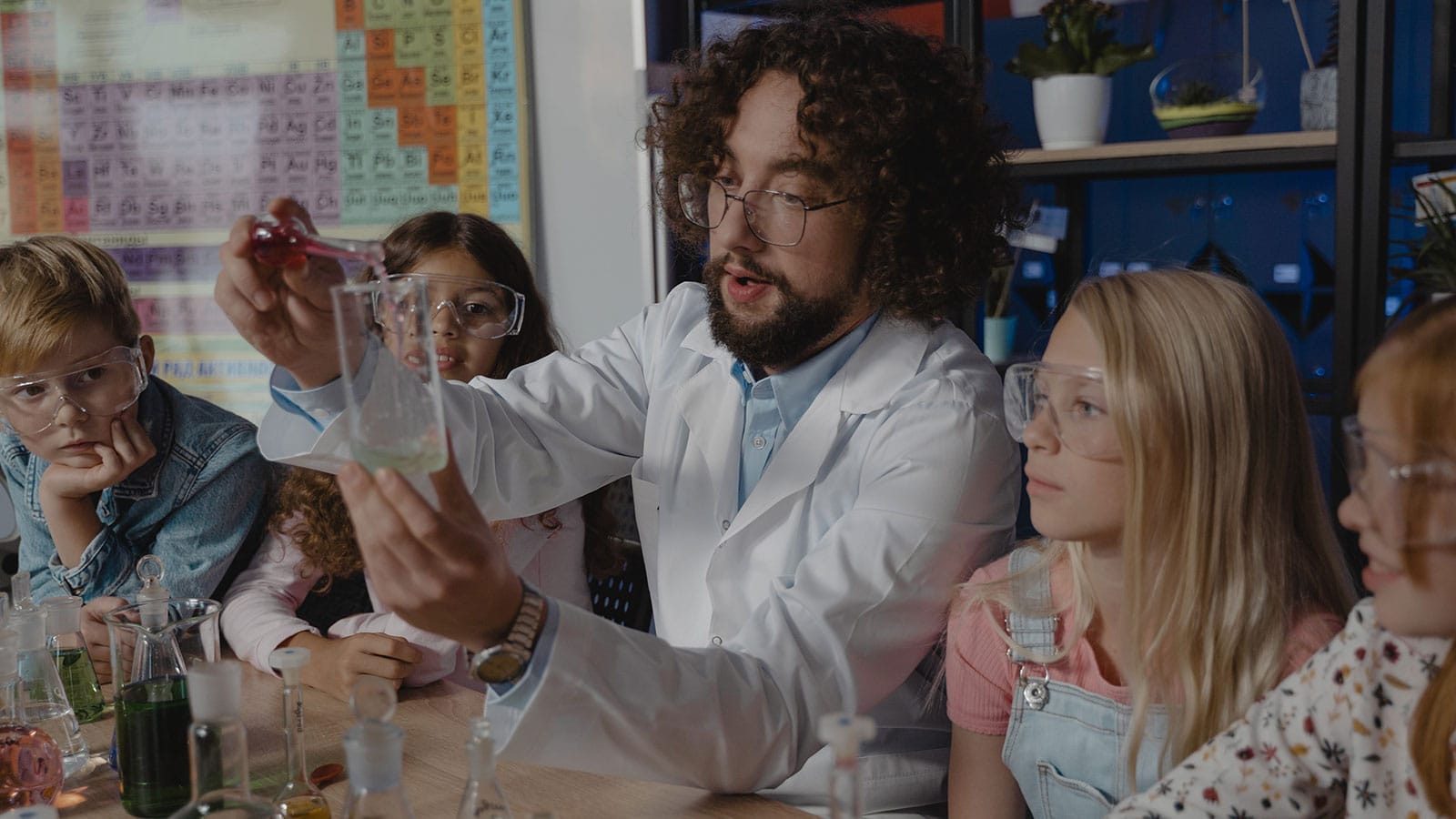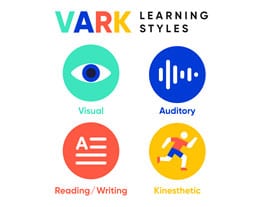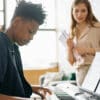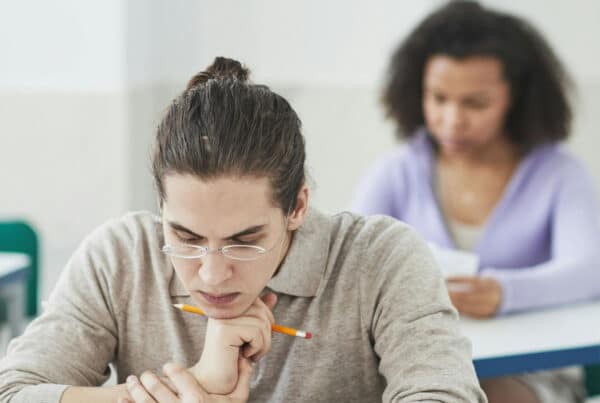Last Updated On: July 1st, 2024
For many years the education system has been preaching learning styles. As a huge proponent of learning styles, I have always supported students in finding out where their strongest learning style lands. According to the more complex VARK model, there are 4 styles for which students learn best: visual, auditory, reading and writing, and kinesthetic.
To first understand your learning style, you need to observe. When do you find you learn the most? When you’re seeing visuals of a particular concept? When you hear a lecture on a detailed subject? When you’re taking notes or writing about a topic? Or when you’re asked to move and take the learning on the go?
Now here’s where things get interesting. A recent study from Veritasium analyzed the efficacy of the learning styles model. In their conclusion they found there was no such specific learning style that was a student’s designated learning style. While I don’t know this research to align entirely with what I have experienced during my work as a tutor, I do know that they found some ground-breaking truths within their study.
The biggest take away: we all have elements of each learning style.
Translation: we have the ability to learn in different styles depending on the subject.
Therefore, I am a reading and writing learner, BUT when I am presented with a lesson on US History, I want to hear it. I want to listen to all the details of the story. I want to be transported to the battlefield and visualize how the day unfolded. I want to learn with my ears. I want to listen and imagine.
However, let’s take this a step further.
What would be EVEN better for my learning at this moment…
A story told in pictures. This is where we honor the multimedia effect. “The multimedia effect refers to the finding that students learn more deeply from a multimedia explanation presented in words and pictures than in words alone” (Mayer, 2003).
It’s a beautiful balance. Why not utilize multiple learning styles at once? Why not teach our brains to consume new information in the classroom the way we consume the details within our ecosphere?
> So, when we are faced with a mathematical equation, we learn visually, BUT we can also implement elements of note taking for the students that need to write to absorb?
> Can we incorporate an active element where students are able to touch the measuring cups to learn about fractions?
> Can we instruct students to listen to a word problem while seeing a PowerPoint presentation, touching a measuring cup, and taking notes?
>>>YES! This is possible and it is where the multi-modal sweet spot lives.<<<
“Multimodal learning suggests that when a number of our senses – visual, auditory, kinesthetic – are being engaged during learning, we understand and remember more.”
Can you think of a time when you found this to be true? What were you learning? Was the subject one that required both visual attention and note taking?
Science class is a great example. A kinesthetic learner’s dream! You get to experiment and touch things and learn by doing. So you’re listening to your teacher give instructions, you’re holding the objects in your hand, you’re taking notes on the results of your experiment, and you’re watching the teacher do everything in front of you. It is truly the multimodal dream!
While you may not be able to change the style in which your teacher presents the material to you, it’s important to keep an open mind as you proceed in school. We all have a preference. I will always value the image over everything. You will always want to hold the object as you understand its purpose. However, there is no hard and fast rule that we can’t adapt to what is presented before us. Often we even adapt based on the subject or the concept. And even more frequently we learn best by combining all of the VARK learning styles.
Give every learning style a chance. Just as you give every teacher a chance. And every subject a chance. If you are struggling in a class, reach out to your teacher. Let them know you’re struggling with the material and the way it’s being presented. Teachers crave honest feedback from students and always aim to reach more students. If they aren’t as flexible with their lesson plans, chances are they’ll teach you using alternative methods during a one on one office hour meeting. The only way you get what you need is if you ask for it. Just remain open to every learning style and ask for help when help is needed.
Photo by Tima Miroshnichenko from Pexels





















